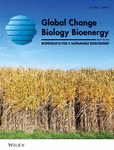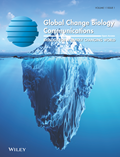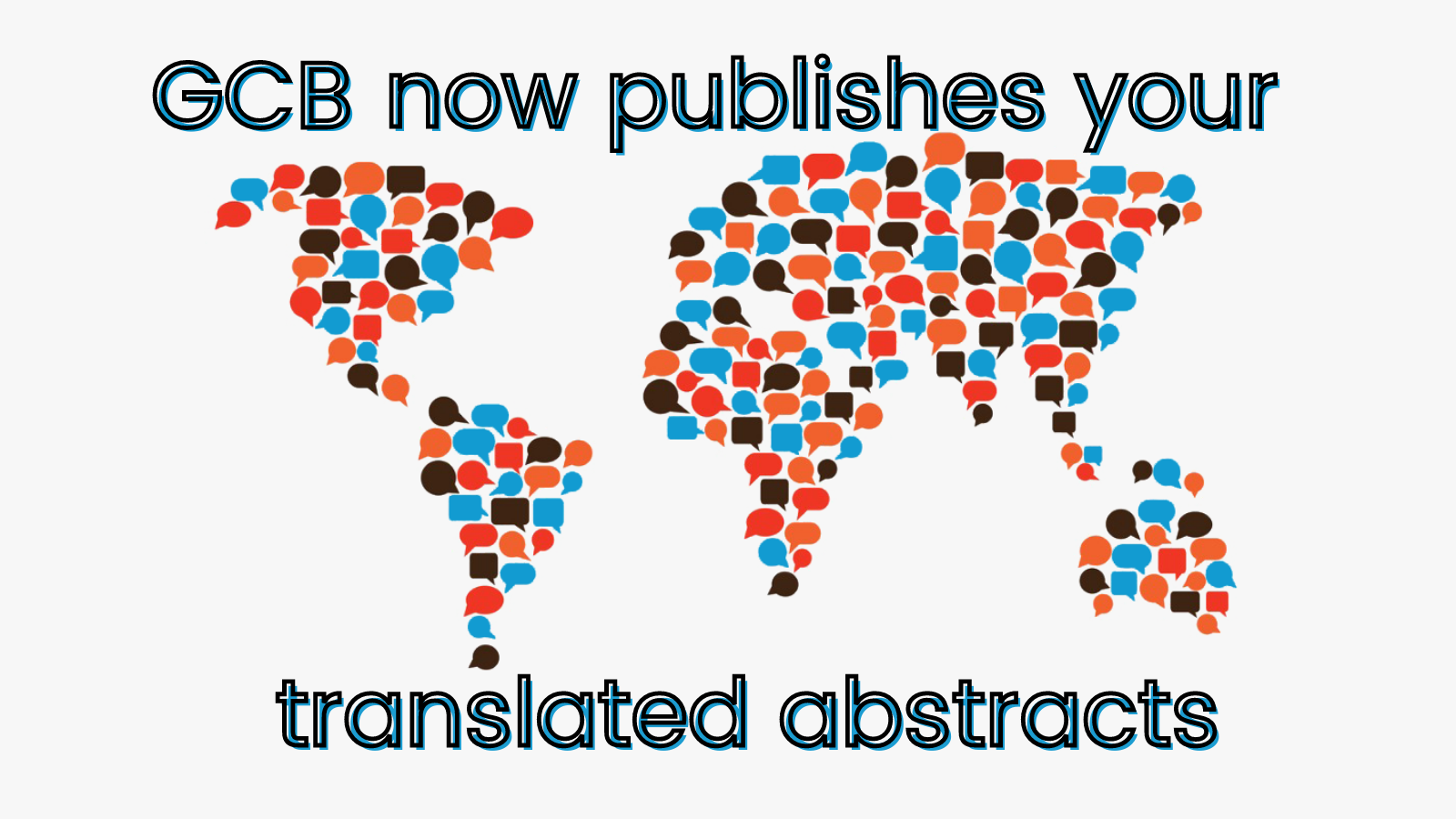Journal list menu
Export Citations
Download PDFs
Articles
Ruminating on soil carbon: Applying current understanding to inform grazing management
- First Published: 07 March 2024

Optimizing grazing to sequester soil organic carbon is an important opportunity to help mitigate climate change and improve grazingland health, but research challenges have failed to inform a cohesive understanding to inform management. Combining information from plants, soils, and grazing, we provide a conceptual framework that can help inform both better research and grazing management.
Soil organic matter priming: The pH effects
- First Published: 01 June 2024

We reviewed (i) the dependence of priming effects (PEs) on soil pH both theoretically and based on a meta-analysis, (ii) prerequisites and mechanisms of PE depending on pH, and (iii) the global change consequences for PE in soil. In conclusion, soil pH is one of the strongest but up to now disregarded factors of PE, defining soil organic matter decomposition through short-term metabolic adaptation of microbial groups and long-term shift of microbial communities.
Groundwater is a hidden global keystone ecosystem
- First Published: 12 December 2023

Groundwater is not only the largest unfrozen freshwater resource on Earth but also a living system hosting unique biodiversity that is subjected to mounting anthropogenic pressures. We mapped groundwater biodiversity and its overlap with surface biodiversity at a global scale, demonstrating that over half of the land surface ecosystems have a medium-to-high interaction with groundwater. Given that surface and subterranean systems intersect at many levels, considering groundwater as a keystone ecosystem in global conservation policies appears essential to reduce biodiversity loss and buffer against climate change.
Plant–soil synchrony in nutrient cycles: Learning from ecosystems to design sustainable agrosystems
- First Published: 12 December 2023

Reviewing the latest advances in ecology, biogeochemistry, and agronomy, we explain how the capacity of natural ecosystems to be sustainably productive largely results from a coordination between plant- and soil-related processes, synchronizing the supply of soluble nutrients by soil biota with fluctuating plant nutrient demand. Supported by four ecological systems, this synchrony limits deficiencies and excesses of soluble nutrient, which usually penalize both production and regulating services of agrosystems. We explain why plant–soil synchrony challenges the concept of soil fertility and how greater synchrony can be achieved in various pedoclimatic contexts to promote agroecosystem production, nutrient retention, and carbon storage.
A stoichiometric approach to estimate sources of mineral-associated soil organic matter
- First Published: 09 December 2023

The stoichiometry provides a new independent source of data for evaluating the relative contributions of plant and microbial inputs to mineral-associated soil organic matter formation (MAOM). In our global databases, MAOM C/N ratios are greater than microbial C/N ratios and lower than POM C/N ratios across all ecosystem types. This suggest that MAOM contains both microbial and plant residues. Using fractional abundance of N [N/(C + N)] in POM and microbial biomass as end-members in the two-pool mixing model, we found that microbial inputs accounted for 34%–47% of the MAOM pool, whereas plant residues contributed 53%–66%. Our results challenge the increasingly popular view that microbial contributions are the dominant component of MAOM.
Not all soil carbon is created equal: Labile and stable pools under nitrogen input
- First Published: 08 July 2024
How much organic carbon could the soil store? The carbon sequestration potential of Australian soil
- First Published: 02 December 2023

A novel approach for estimating the maximum mineral-associated soil organic carbon (MAOC) capacity, the MAOC deficit and sequestration potential. Estimates were digitally mapped using machine learning and kriging with external drift. Australian soil is in MAOC deficit and would have significant sequestration potential if climate and management allowed it.
Bringing traits back into the equation: A roadmap to understand species redistribution
- First Published: 13 April 2024

In this opinion piece, we explore under which circumstances species traits are expected to explain the rates and directions of species redistributions in response to climate change and discuss how future trait-based approaches may benefit from fully embracing the complexity of species range shifts. We provide a set of considerations that we hope will help identify the underlying drivers of species range shifts and develop effective strategies that support biodiversity conservation under climate change.
Global patterns of tree wood density
- First Published: 08 March 2024

Wood density is a fundamental property related to tree biomechanics and hydraulic function while playing a crucial role in assessing vegetation carbon stocks by linking volumetric retrieval and a mass estimate. This study provides the first high-resolution map of the global distribution of tree wood density at the 0.01° (~1 km) spatial resolution, based on a global database of 28,822 tree-level wood density measurements, using a wide set of climate, soils, topography, and vegetation properties applied to four machine learning models.








